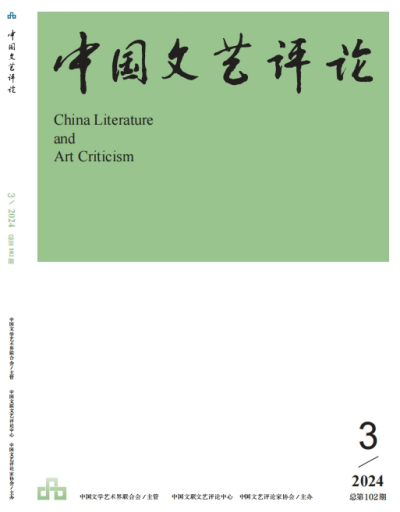
Special Topics • Chinese Literature and Arts in 2023 (II)
■ Aesthetics in 2023: Aesthetic Practice in the Process of the Chinese Path to Modernization( PP. 4–17)Hu Youfeng & Liu Zehao
Abstract: In 2023, Chinese aesthetics was striving to add a new chapter to the progress of upholding fundamental principles and breaking new ground. Led by the spirit of the 20th National Congress of the Communist Party of China, China's aesthetes reexamined the historical lineage of aesthetics from the perspective of the Chinese path to modernization and promoted the renewal of discourse in aesthetics. The value-guiding function of aesthetics forged the interactive symbiosis between the material and spiritual dimensions of the Chinese path to modernization. At the same time, the academic community focused on the categories of classical Chinese aesthetics, the relationship between aesthetics and politics, and the aesthetic schools, outlining the overall picture of Chinese aesthetics through the systematic integration of "internal research" and "external research". The exchanges and mutual understanding between Chinese and Western aesthetics have promoted the innovation of the basic theories of aesthetics, broken the dominance of the research paradigm of Western aesthetics, and manifested the world significance of Chinese aesthetics. In the intersection of disciplines and fusion of perspectives, contemporary aesthetics has presented new trends of development from the three dimensions of theoretical dialogue, practical orientation and realistic purpose.
Keywords: aesthetics in 2023, Chinese path to modernization, aesthetic theory, mutual learning of Chinese and Western civilization, digital age
■ Quyi Art in 2023: Innovation in Inheritance and Progress in Exploration( PP. 18–28)Jiang Huiming
Abstract: The development and achievements of Quyi (Chinese Folk Art) in the year of 2023 were concentrated in three aspects: Firstly, there were frequent creation and performing activities, in which, many newly created programs reflect the innovative spirit of Quyi practitioners, as well as in-depth thinking in the exploration; secondly, young Quyi talents made a concentrated appearance, which positively plays a leading role in the industry and also highlights the necessity of the construction of talent teams; thirdly, it is the organic integration of theoretical commentaries on Quyi, Quyi creation and its performance that will certainly give a strong impetus and promotion to the continuous improvement of the construction of the discipline of Quyi art and the overall development of the cause of Quyi. It is not only the responsibility and advantage of Quyi practitioners, but also the inevitable requirement to realize the new cultural mission in the new era to persist in telling Chinese stories and spreading Chinese voices in the way of expressions that are popular with the people and are a mixture of rap and song.
Keywords: Quyi art, creation and performance, youth, commentary
■ Chinese Calligraphy in 2023:Interaction between Practices and Criticisms, Creation between Inheritances and Developments( PP. 29–36)Zhu Shuai
Abstract: Under the guidance of the spirit of the 20th National Congress of the Communist Party of China and Xi Jinping Thought on Culture, and the leadership of organizations such as the China Federation of Literary and Art and the China Calligraphers Association, some important progress has been made in the practices, studies, organizational communications in the year of 2023. To a large extent, this highlights the guidance of ideas and thoughts, especially the interaction between criticisms and practices, as well as the continuity and innovation, so that the art of calligraphy not only reflects the heritage of classics, but also echoes the expectations and requirements put forward by the new era. This article observes and comments on the major events of Chinese calligraphy in 2023 from the perspectives of calligraphy exhibition and practices, calligraphy education and studies, and calligraphy management and communications, aiming to accumulate historical materials for contemporary calligraphy history, and reflect on the existing problems and the space to be broken in the future.
Keywords: calligraphy review, calligraphy practices, calligraphy comments, education and studies, organization and management, calligraphy communications
■ Chinese Films in 2023: A Symphony of Warm Realism and Suspenseful Narratives (PP. 37–50)Liang Junjian
Abstract: The production of domestic films in 2023 has gained a fruitful achievement despite numerous challenges. The blockbusters play an important role during the Spring Festival and summer vacation, while film genres and art films continue enhancing the diversity of domestic film market. For filmmakers and artists, realism has become a significant phenomenon of styles and themes, and new landmark has been made for audiovisual art to inherit and develop traditional Chinese culture. The film production of 2023 impressed us with a symphony of warm realism and suspenseful narratives, with a number of outstanding films striving to present emotional connections with contemporary audiences. Young moviegoers' evaluation standards have also risen in company with the development of the industry. Only when the story intensity, audiovisual intensity and emotional intensity simultaneously reach a high level, can domestic films continue to attract audiences in the era of the increasing popularity of online video and provide high-quality cultural supplies for the whole society.
Keywords: domestic film, realism, suspenseful genre, criminal theme, animated film, art film
Theoretical Explorations
■ Portrait-painting, Shadow-image, Reflecting-likeness:A Clue to the Transformation of Visual Culture in Modern China (PP. 51–67)Dong Lihui
Abstract: The naming of early photography in China developed from local concepts respectively represented by "portrait-painting" ("xiezhao", or "xiaozhao") in the 1840s, "shadow-image" ("yingxiang", or "zhaoying", "huaying", "zhaohua") in the mid-19th century, and "reflecting-likeness" ("zhaoxiang", or "yingxiang") in the late-19th century. It is until the early 20th century that the modern Chinese term of "photography" (sheying) appeared and gradually became popularized. Hence, the acceptance and evolution of the concept of photography in China has gone through the process from integrating into folk portraiture to the independence of the medium, which is a beginning of the modernization of traditional Chinese visual culture in the encounter and intertwining with modern Western visual culture for more than half a century, as well as a microcosm of the transformation of visual culture in modern China.
Keywords: concept of photography, portrait-painting, shadow-image, reflecting-likeness, visual culture
■ Contemporary Aesthetic Education: China's Path from an International Perspective (PP. 68–81)Zuo Yiyi
Abstract: The concept of aesthetic education and how it is defined has always been a widely discussed topic in academia. There are many different views on the interpretation and understanding of the connotation and extension of the concept of aesthetic education. Aesthetic education is thus characterized by its interdisciplinarity and cultural diversity, which makes its definition particularly important. Starting from the currently more mainstream theories on the explanation of aesthetic education, four main viewpoints can be preliminarily summarized to sort out and discuss the concept of aesthetic education: aesthetic education as humanistic education, aesthetic education as personality education, aesthetic education as art education, and aesthetic education as cultural education. The first two viewpoints are based on traditional theories, while the latter two are more oriented towards the current context. These four viewpoints do not completely cover the interpretation and discussion of the concept of aesthetic education but are based on the most meaningful and valuable viewpoints for analysis. The theories are not clearly distinct from each other but interrelated and intersecting, each with its advantages and shortcomings. It is precisely the distinction that allows the diversity and potential possibilities of aesthetic education to be opened up, and also provides us with a valuable theoretical basis for establishing an academic paradigm for aesthetic education.
Keywords: aesthetic education, humanistic education, personality education, art education, cultural education
■ On the Transformation and Optimization of Dance Aesthetic Education under the Perspective of Taoist Body View (PP. 82–92)Wang Xue
Abstract: In modern society, people are faced with problems such as body weakening in the technological age, body discipline in consumer society, and physical and mental imbalance in an internal competitive society, which provides a realistic necessity for the physical practice of dance aesthetic education. The reference to traditional Chinese Taoist body concepts such as health and body preservation, Qi penetrating the body and spirit, tranquility in the void, and cultivating moral character can help dance aesthetic education focus on body awareness, awaken body emotions, stimulate body inspiration, and promote the cultivation of art, cultivation of personality, and harmonious symbiosis in the aesthetic experience and practical understanding of the body.
Keywords: Taoist view of body, dance aesthetic education, optimization strategy
Random Thoughts on Art
■ On the Artistic Features and Time Value of "China-Chic" Animation Films (PP. 93–103)Huang Shixian & Chen Kefan
Abstract: Since 2015, a batch of "China-Chic" animation films, which embody the national cultural connotation and artistic characteristics, have the international advanced audio-visual production ability, and present a profound aesthetic style of modern animation for all ages, have opened up a new style and new path for Chinese animation films. This type of work is based on Chinese mythological elements, with a creative philosophy of retelling myths. It inherits the inherent charm of traditional myths in terms of characters, plot, background, and other content, supplemented by the standard paradigm of modern narrative and commercial films. In terms of image expression, it is enterprising, absorbing a large number of popular elements, and breaking through the difficulties faced by traditional animation films from many aspects such as styling style, time-space combination and lens language. "China-Chic" animation films not only inherit and extend the core of myth, but also integrate the thinking of current issues into the expression system of traditional Chinese culture through "cultural root seeking".
Keywords: China-Chic, animation films, mythical-retelling, mass culture
■ The Construction of New Forms of World Poetics and China's Contribution (PP. 104–114)He Li
Abstract: Common poetics and world circulation poetics are two existing forms of world poetics. However, common poetics has not been established for a long time because of the problems it implies, and it still remains on the level of imagination. World circulation poetics is mainly Western poetics, not world poetics in a real sense. Therefore, it is necessary to reflect on the academic history of world poetics and to construct a new form of world poetics. We believe that the new form of world poetics should be a system consisting mainly of "similarities" and "differences", and it is the summation of the exploration of the same and mainly different forms of literary existence space and literary theory by different cultural styles in the world. In the process of constructing the new form of world poetics, Chinese scholars have some advantages of their own. The theory of comparative literature variation, which focuses on "cross-civilization" and "difference", can provide theoretical support for the diversified comparative studies in Chinese academic circles, thus, it can provide theoretical guarantee for the construction of a new world poetics.
Keywords: world poetics, common poetics, world circulation poetics, national literary theory, variation study
Interview with Renowned Experts
■ The Song of Peach Blossoms Spreads, Illuminating the Stars and Moon:An Interview with Composer Tie Yuan (PP. 115–124)Interviewed by Cui Jian

Inside Front Cover
Chinese Literary Critics: Luo Bin
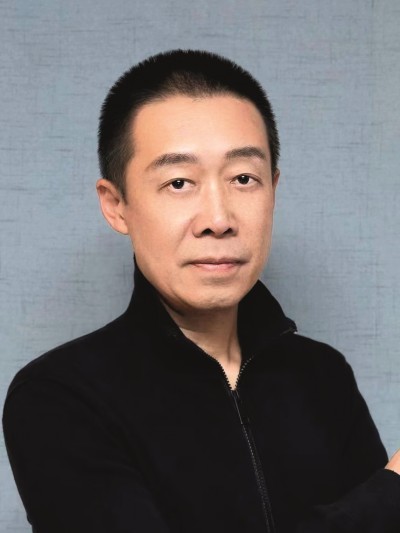
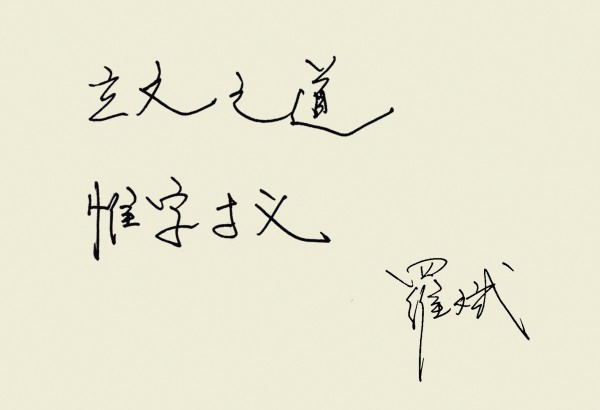
Inside Back Cover
Review of the Second Batch of bases of Chinese Literary and Art Criticism:The base of China Literary and Art Criticism (Sichuan University)
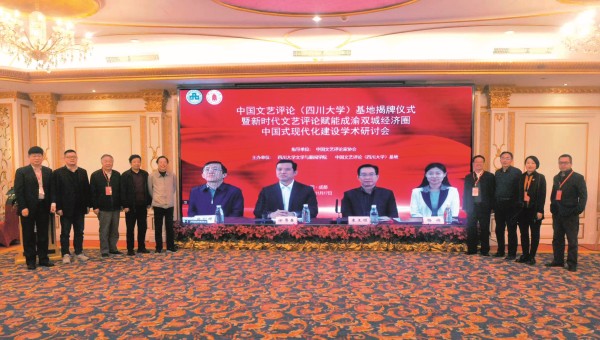
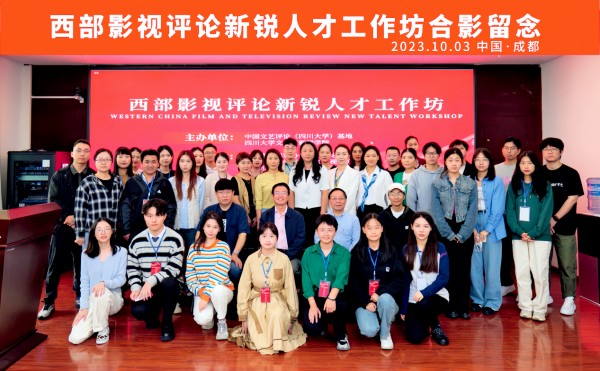
Back Cover
The Recommendation of Outstanding Literary and Art Criticism Works for the 8th Woodpecker Cup of China Literary and Art Criticism • Chinese People's Music
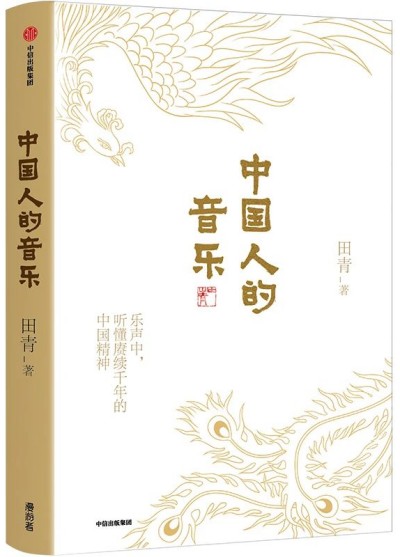
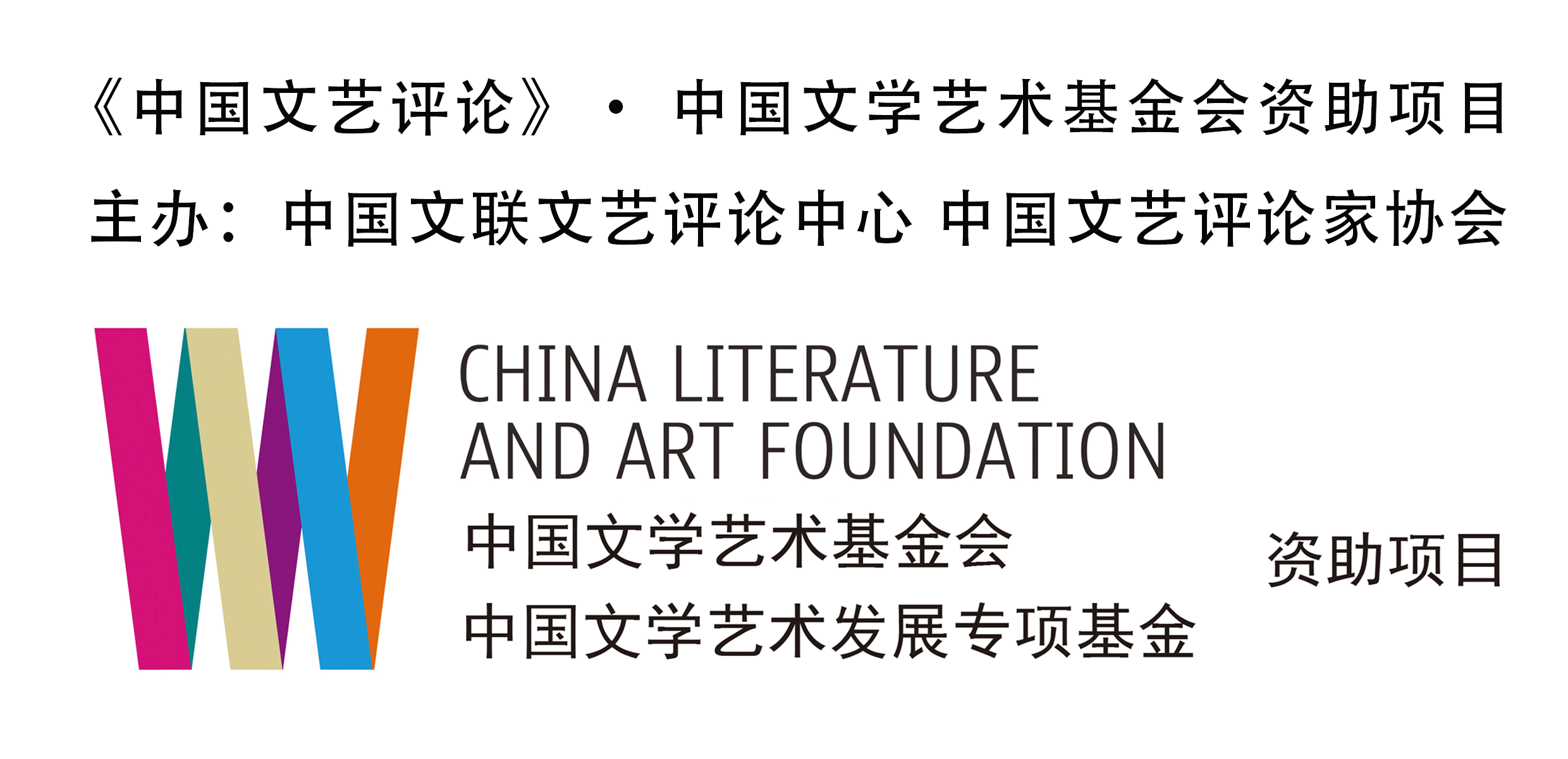

中国文艺评论网

“中国文艺评论”微信公号

“中国文艺评论”视频号